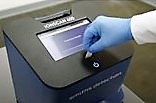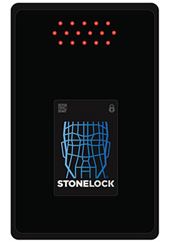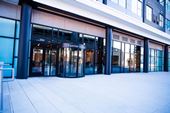12/02/2011
Amsterdam University switches to biometric fingerprint scanning
Albuquerque, NM
“Eliminating the opportunity for students to pass their cards to others was only part of the reason we upgraded to biometrics,” explains Wouter Kropman, director of facilities at VU. “The system gives us a very professional look plus, in the long run, it saves us money. Within three to five years, the biometric solution becomes a break-even with plastic cards because of their associated costs, including cartridges, printers, support and management. Fingerprints provide a sustainable solution.”
According to Kropman, governmental and semi-governmental organisations are obliged to follow strict procedures when purchasing new systems. For that reason, VU interviewed four companies and determined that Easysecure’s solution using Lumidigm’s multispectral imaging fingerprint sensor provided what they needed.
“This solution was more expensive but the high quality of the system, both in hardware and software, was decisive,” emphasises Kropman. That’s because the Lumidigm solution, based on using multiple wavelengths of light and advanced polarisation techniques can extract unique fingerprint characteristics from both the surface and subsurface of the skin. This provides results that are more consistent, more inclusive and more tamper resistant than other biometrics. Dirty, calloused, wet or dry, the fingerprint is still readable with multispectral imaging.
VU uses four desk systems with scanners to enroll authorised users and has seven doors/gates with scanners for people to use to enter its sports complexes. On a typical day, the system averages over 1800 scans across all the entry points.















